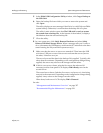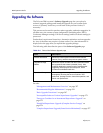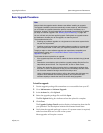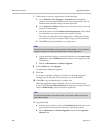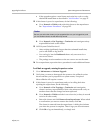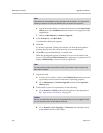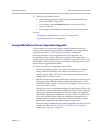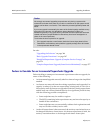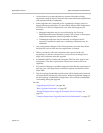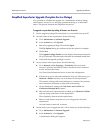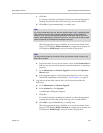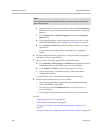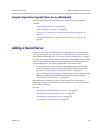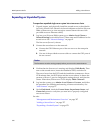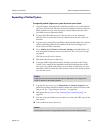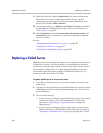
Upgrading the Software System Management and Maintenance
Polycom, Inc. 373
• As the clusters for some endpoints are removed from the existing
supercluster and join the new one, the video network becomes partitioned
with separate islands of endpoints.
• Some endpoints don’t respond well to a gatekeeper change (such as a
signaled alternate gatekeeper). To successfully redirect these endpoints to
a Call Server in the new supercluster, one of the following may be
necessary:
— Managed endpoints may be re-provisioned by the Polycom
RealPresence Resource Manager system, CMA system, or third-party
endpoint management system responsible for them.
— Unmanaged endpoints may be manually reconfigured and if
necessary restarted (in some cases, restarting an endpoint may be
sufficient).
• Any configuration changes to the old supercluster (once the first cluster
has left) may be lost when the new supercluster is created.
• History records for calls and conferences that cross from the old
supercluster to the new one (and vice versa) will not be merged into a
single call/conference after the upgrade.
• If embedded DNS is enabled, the enterprise DNS can only point to one
supercluster. The other supercluster will not have territory fail-over
capability.
• If Conference Manager is enabled, during the time that the supercluster is
split into two, each supercluster could host separate conferences on the
same VMR.
• The site topology bandwidth specifications will be duplicated in both the
old supercluster and the new supercluster. Without significant changes to
the site topology’s bandwidth configuration, this can lead to bandwidth
overloading during the upgrade.
See also:
“Upgrading the Software” on page 366
“Basic Upgrade Procedures” on page 367
“Simplified Supercluster Upgrade (Complete Service Outage)” on
page 374
“Complex Supercluster Upgrade (Some Service Maintained)” on page 377



